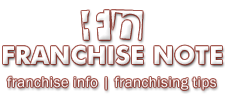Starting a business from scratch and building its brand equity from the ground up takes a lot of hard work and is riddled with risks: what if your business idea only looks good on paper but does not resonate with your target audience when you launch? What if it launches successfully but only turns out to be a fad that dies before you have a chance to break even? For the less risk-seeking businessmen out there, the franchise business model makes more sense to pursue.
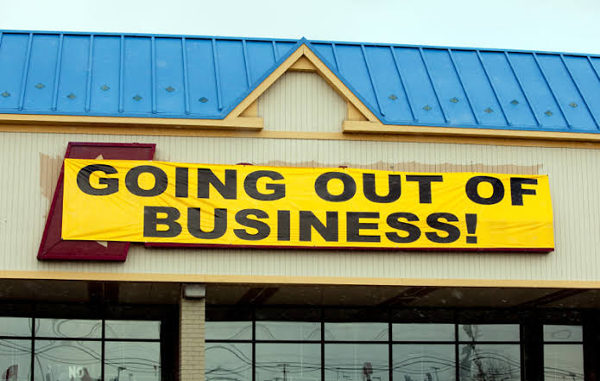
Franchises already have an established product or service that has already gone through its early, more risk-prone phase and has now reached maturity. They have already made their mark in the global market. This means franchisees inherit less risk and more brand equity than a new venture. Moreover, franchisees are supported by big, often multinational, organizations that offer lots of marketing and operational experience-based expertise, not to mention the benefit of economies of scale, due to the large scale at which these multinationals operate.
But buying a franchise does not mean all your work has already been done for you. While it has its benefits, it also comes with a lot of landmines you have to constantly navigate to run the business smoothly. You might think you’re playing it safe by selling a product or service that has already acclaimed its success in the global market. But just because a business performed well in the global market is no guarantee that it will meet the same success in your local market.
A great though a rather unfortunate example of this is Starbucks’ launch in Australia. Starbucks is probably the most widely known coffee shop to exist whose brand name is known and revered worldwide, even in areas it is yet to expand to. Given its reputation, it seemed inconceivable that it could be ill-received anywhere in the world. And yet when it opened its doors to the Australian population, the response was far from welcoming. Australia was used to warm, hospitable and homely coffee shops that brewed wide varieties of interesting and diverse roasts, something Starbucks’ menu, which was perceived as ‘not unique’ by Australians was no match for. And so the US giant was forced to close 61 of its 85 shops across Australia amidst cultural and financial pressures.
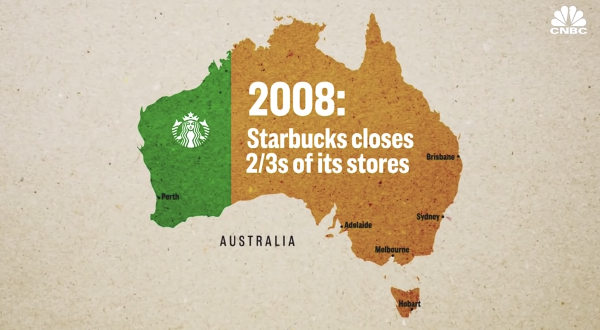
Best Buy is another similar example of the American businessman failing to understand the mindset of foreign audiences and trying to apply American values to them. Best Buy, a big box chain store, attempted to expand into the European market but failed to realize in time that Europeans prefer smaller, more conveniently located retail shops and their large box stores did not appeal to them. Eventually, it had to end its operations in Europe.
An important lesson to be learned from the failure of these franchises is that it is essential to localize your offering and tailor it to the needs of the specific market you are trying to launch in. There is an old contention between standardization of franchises and maintaining some flexibility in how the business is run in different markets but many businesses have succeeded in appealing to the local market preferences without losing their brand identity.
McDonald’s is a fine example of this. The McDonald’s Corporation is an American fast-food company that started as a restaurant in 1940 and is now the world’s largest restaurant chain serving over 69 million customers daily in over a hundred countries. It achieved this through excellent use of the franchise business model. It made sure to not make significant changes to the way the brand portrays itself and the imagery it uses that has come to define it. You will find the same Golden Arches of McDonald’s ‘M’ hailing you all over the world. This is because it is not good sense to discard the brand identity that has gained you a lot of brand equity and has become your calling card. But McDonald’s did not shy away from making changes in its product offering and menu to make it more appealing to local markets’ taste buds and culture. In the Middle East, for example, it made sure all its offerings were halal (prepared according to the local religious guidelines) and adhered to the local health regulations. It even introduced menu items like McArabia to attract locals with tailor-made items.
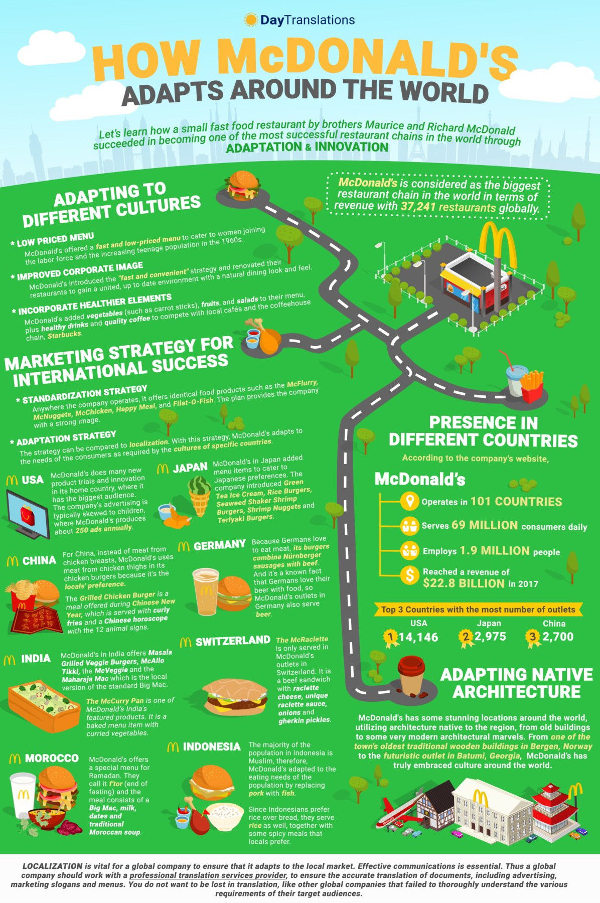
One hurdle that comes with customized product offerings for local markets is that for every new region a business chooses to explore, new marketing content has to be generated that is tailored for those products as well as that audience. The tone, as well as the design style used in the marketing material, needs to be different for various regions, cultures, and religions. These are extremely important considerations if the business wants to avoid repeating unpleasant history.
Generating marketing content for one business is a huge task so generating the same amount of content for all different localities means a lot of marketing content has to be generated constantly. In order to not drown in the marketing needs of the company, the content creation process needs to be streamlined and made as automated as possible. One way to do this is to make use of design tools that are easy-to-use and are designed to help save valuable time. One such example is PosterMyWall, an online graphic design platform that offers tonnes of professionally-designed marketing graphics in all platform sizes. Businesses can customize any template to their needs simply by changing anything they need from the text, fonts, and imagery to the positioning of any design elements and color schemes. A standard design can be created that can then be altered slightly for each locality by adding, deleting or modifying different brand design elements.
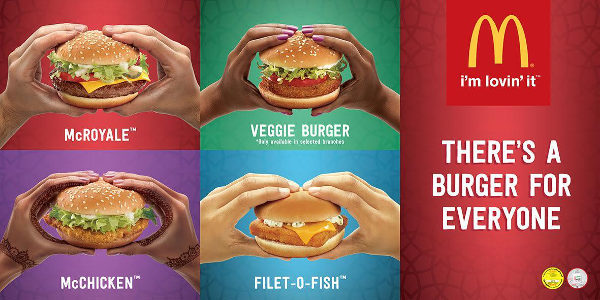
Here, McDonald’s has changed imagery for each localized menu item while maintaining a consistent design for all. This is easy to do using the PosterMyWall editor. You can simply change the background and imagery for each type of burger by uploading your own visuals or choosing from PosterMyWall’s huge library of stock resources. You can achieve this in merely a matter of minutes and this minimal effort can pay you huge dividends in your local markets.
For every market though, it is important to ensure the marketing graphics are on-brand and continue to reflect the essence of the brand. This is easily done in the PosterMyWall editor by keeping brand colors and fonts consistent and adding the brand logo to the designs. Custom fonts can also be uploaded to the editor by upgrading to the Premium or Premium Plus subscription, packages that should be very tempting to franchise businesses anyway because of their unlimited image and video download offerings as well that would serve businesses with immense marketing needs well.
The key takeaway here is that buying franchises is not an easy way out of setting up your own business. Despite the established brand name, it requires the same level of hard work and consistency to make it successful in local markets. The product offering and marketing strategies must be tailored for each region to avoid the tragic failure of an established brand in a new market.
